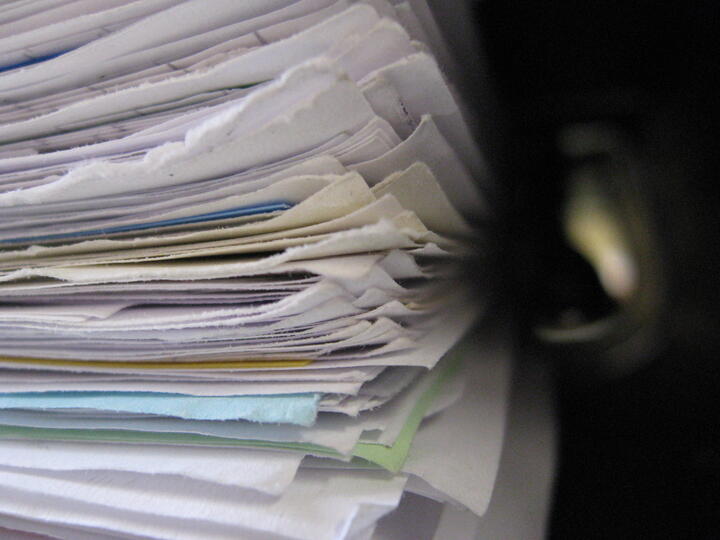Dysregulated development of IL-17-and IL-21-expressing follicular helper T cells and increased germinal center formation in the absence of RORγt
Autor/innen
- K. Wichner
- D. Stauss
- B. Kampfrath
- K. Krüger
- G. Müller
- A. Rehm
- M. Lipp
- U.E. Höpken
Journal
- FASEB Journal
Quellenangabe
- FASEB J 30 (2): 761-774
Zusammenfassung
Interleukin 17-producing helper T (Th17) cells have been widely defined by the lineage transcription factor retinoid-related orphan receptor (ROR)gammat. Pathophysiologically, these cells play a crucial role in autoimmune diseases and have been linked to dysregulated germinal center (GC) reactions and autoantibody production. In this study, we used gene expression and flow cytometric analyses for the characterization of Rorgammat-/- and Rorgammat-/-Il21RFP/+ mice to demonstrate a previously unknown transcriptional flexibility in the development of IL-17-producing Th-cell subsets. We found an accumulation of follicular Th (Tfh) cells by 5.2-fold, spontaneous 13-fold higher GC formation, decreased frequency of follicular Foxp3+ T-regulatory (Treg) cells (50%), and a 3.4-fold increase in the number of proliferating follicular B cells in RORgammat-deficient vs. wild-type mice. Dysregulated B-cell responses were associated with enhanced production of IL-17 (6.4-fold), IL-21 (2.2-fold), and B-cell-activating factor (BAFF) (2-fold) and were partially rescued by adoptive transfer of Treg cells. In an unexpected finding, we detected RORgammat-independent IL-17 expression in ICOS+CXCR5+Tfh and in ICOS+CXCR5-Th cells. Based on the observed high Irf4 and Batf gene expression, we suggest that CD4+ T-cell transcription factors other than RORgammat can cooperatively induce differentiation of IL-17-producing Th cells, including Th17-like Tfh-cell subsets. We conclude that the occurrence of aberrant Tfh and follicular Treg cells support spontaneous GC formation and dysregulated B-cell responses in RORgammat-deficient mice.

